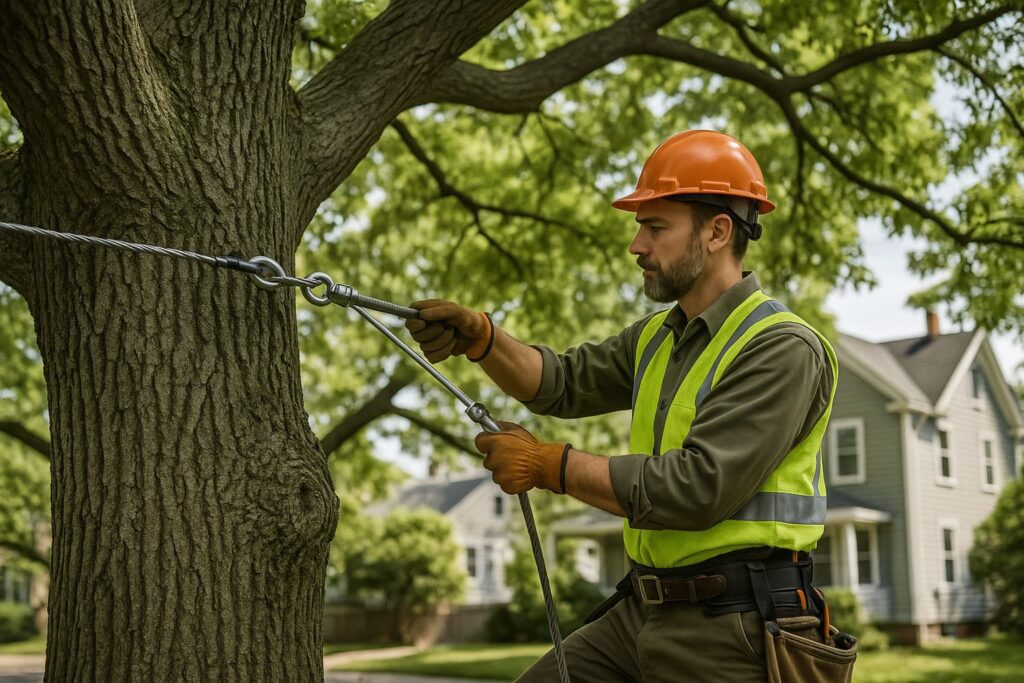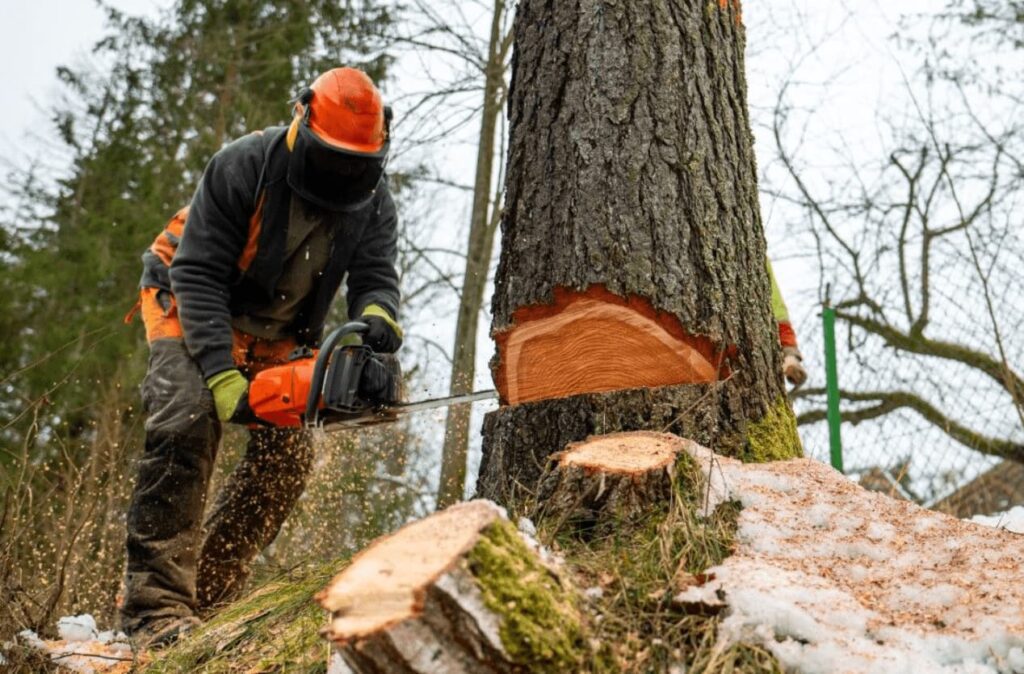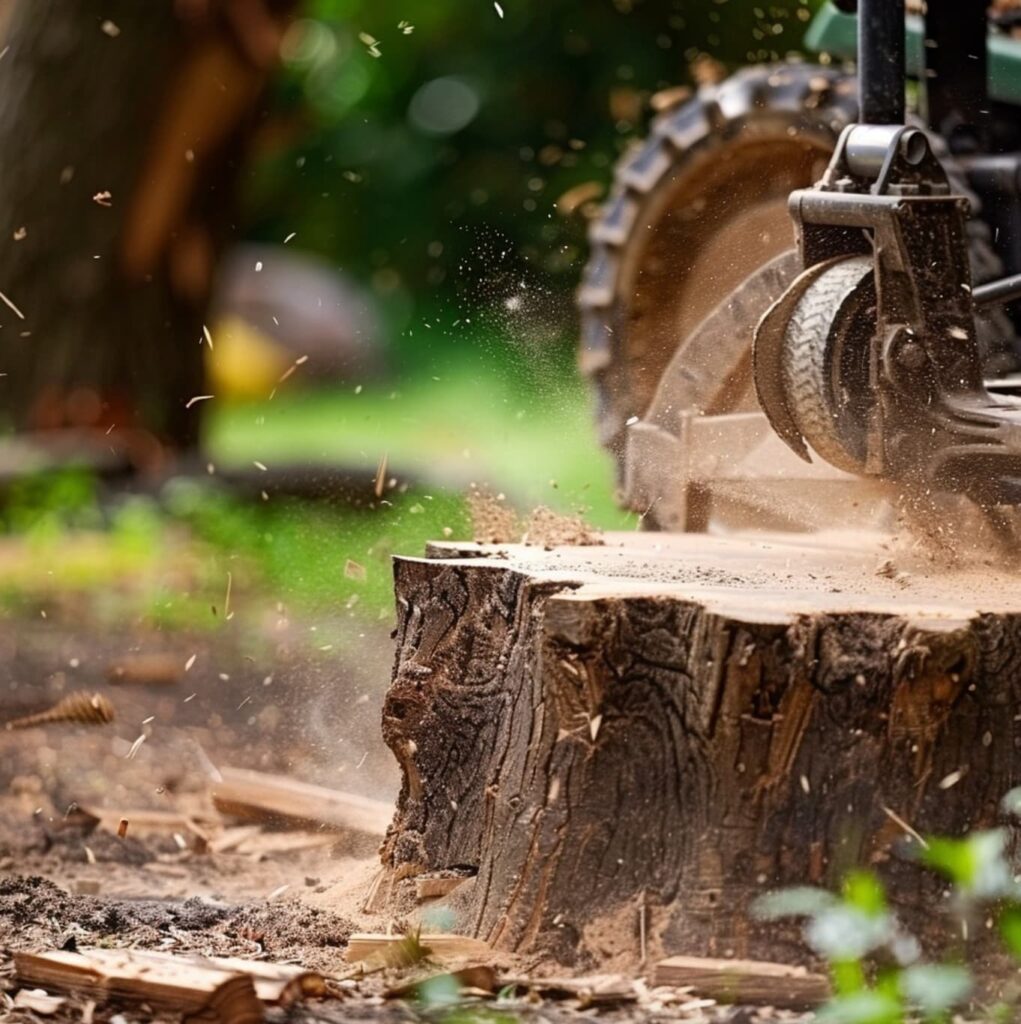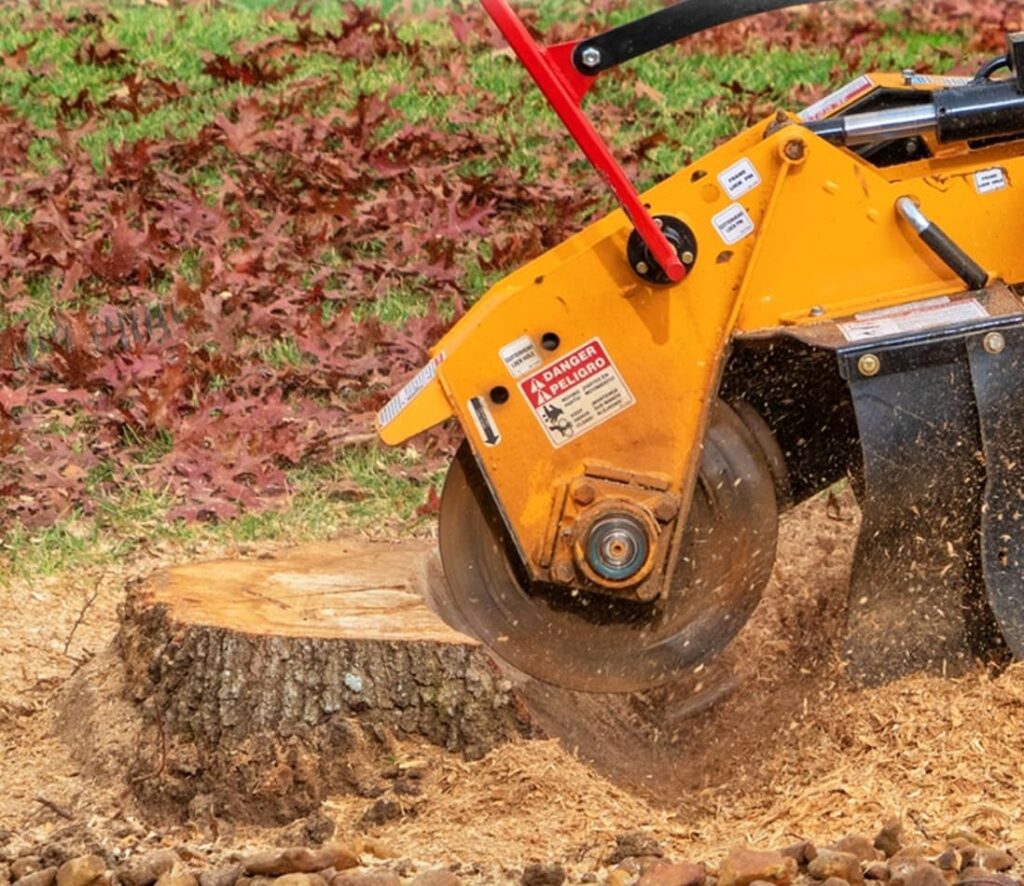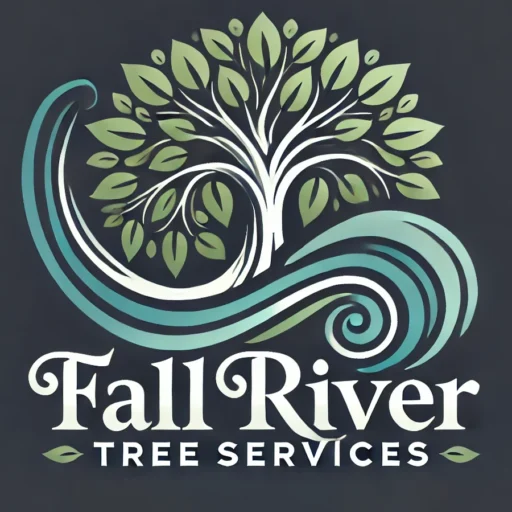FAQ - Fall River Tree Services
Frequently Asked Questions
Are tree service contractors required to hold licenses in Fall River?
Massachusetts has no licensing requirement for arborists, which is why seeking a Massachusetts Certified Arborist (MCA) is strongly recommended for quality tree work.
Do I need a permit to cut down trees on my private property in Fall River?
Yes, Fall River requires permits for most tree removals on private property. The Board of Park Commissioners, in conjunction with the Urban Tree Commission and Tree Warden, oversees tree permits and must approve applications before any removal work begins.
What circumstances justify approval for tree removal in Fall River?
Valid reasons include hazardous trees, threatening public health, welfare, or safety. Emergencies requiring immediate removal may receive verbal authorization for prompt action.
How can I identify if my tree is dying or dead?
Warning signs include widespread leafless areas during the growing season, brittle branches that break easily, bark peeling or falling off, fungal growth at the base, and hollow or soft wood when tested.
Must I notify adjacent property owners when removing multiple trees in Fall River?
Yes. Massachusetts law requires notifying property owners within specified distances when removing multiple trees, and documentation must be submitted to municipal authorities.
Can you help with utility line clearance?
Absolutely. We’re qualified to work around power lines and coordinate with local utilities.
What does stump grinding typically cost in Fall River?
Stump grinding generally ranges from $250-$550 based on stump diameter and location accessibility, with larger or more difficult stumps commanding higher prices.
What should I expect to pay for tree removal in Fall River?
Tree removal costs in Fall River depend on size—smaller trees typically range from $400–$700, medium ones $800–$1,800, while large or hazardous trees can begin at $2,500.
Are chemical stump removal products effective solutions?
Chemical treatments may accelerate decomposition but rarely work effectively alone and can take years. Professional stump removal delivers immediate and reliable results.
What should I do first if a tree falls on my house?
Prioritize safety—evacuate if necessary, document damage with photographs for insurance purposes, then contact your insurance provider and a licensed tree service company immediately.
Do storm-related emergency tree removals cost more than scheduled services?
Yes. Emergency tree removal services typically carry premium rates due to urgent response requirements, overtime labor, and potentially hazardous working conditions.
Can I trim branches from my neighbor's tree hanging over my property?
Yes, you may trim branches that extend onto your property, but only to the property boundary and without compromising the tree’s overall health.
Who bears responsibility if my neighbor's tree damages my property?
If the tree appeared healthy, your homeowner’s insurance typically covers damages. However, if the tree showed obvious signs of neglect or hazard, your neighbor may be held liable.
Can I remove trees located on shared property boundaries without the neighbor’s consent?
No. Boundary trees are considered common property, and removal needs written permission from both sides.
Does homeowner's insurance cover tree removal after storms?
Insurance typically covers removal costs when trees damage structures, but may not cover general yard cleanup of fallen trees that cause no property damage.
How often should I have my trees pruned?
Most established trees benefit from professional pruning every 3-5 years, though this varies based on species, health, and environmental conditions.
How long does natural root decomposition take after tree removal?
Large root systems may require 5-10 years for complete underground decay, depending on soil conditions, moisture levels, and tree species.
